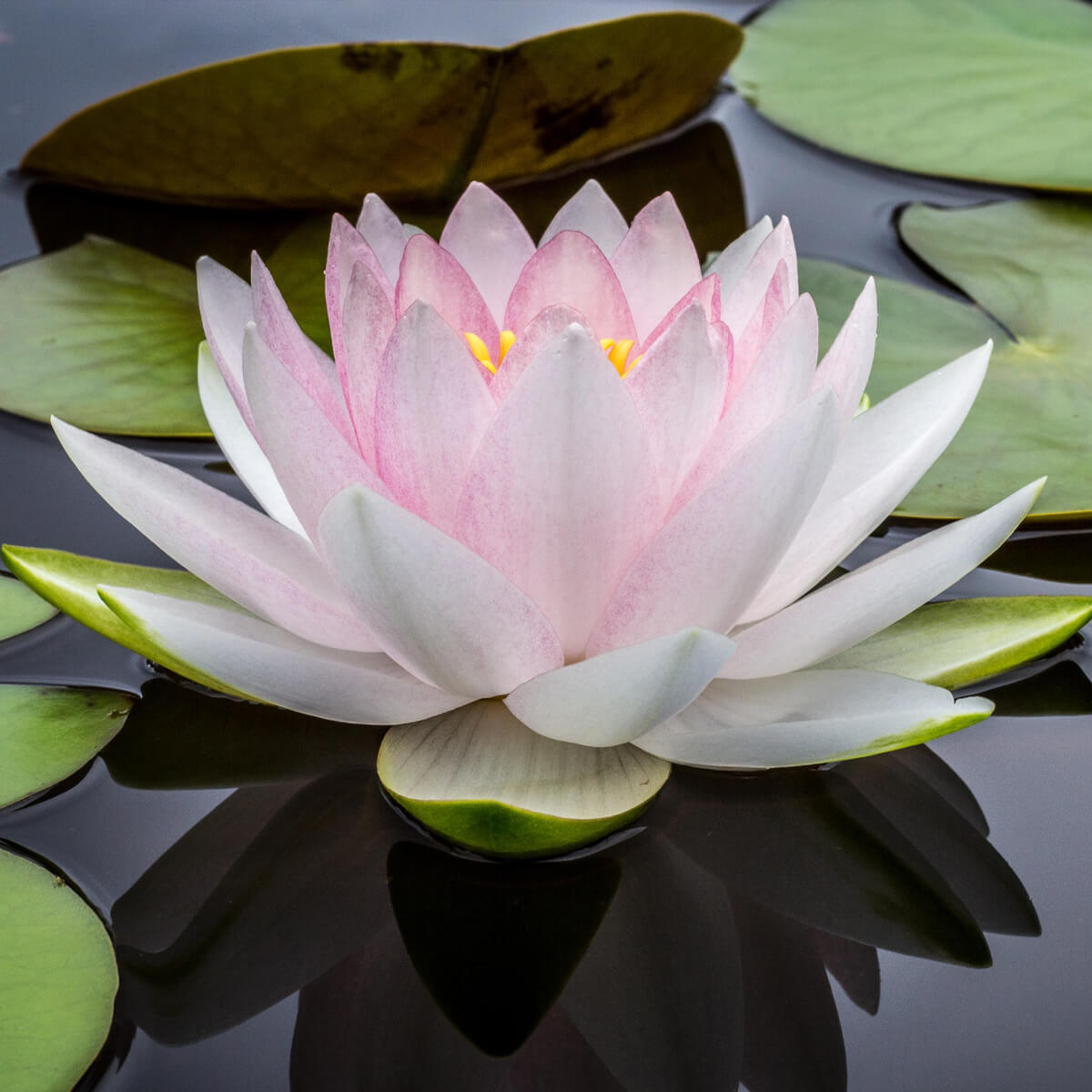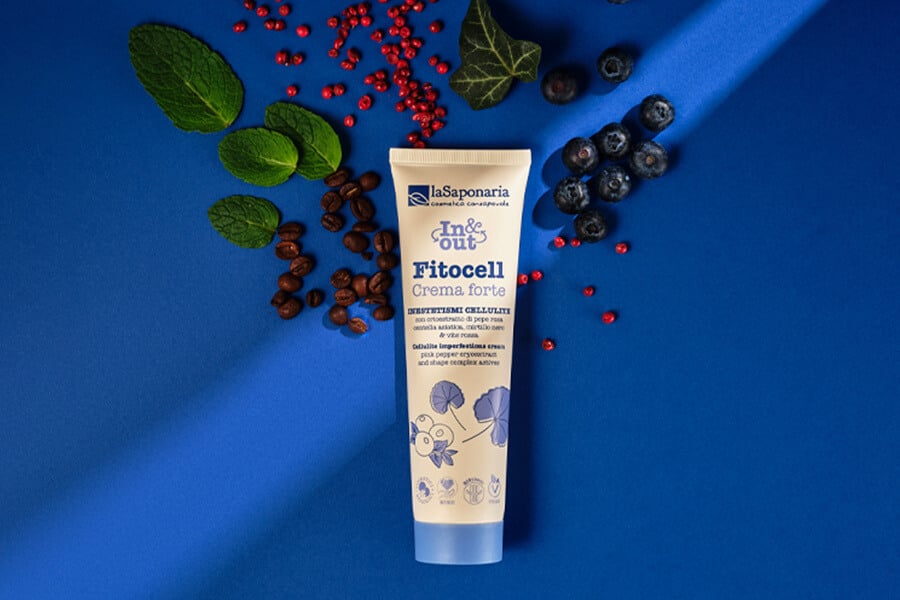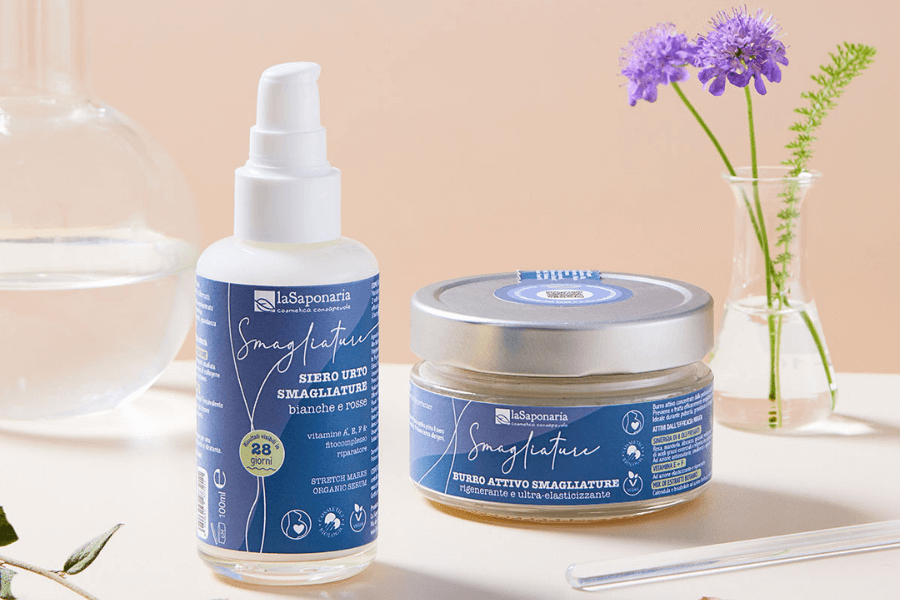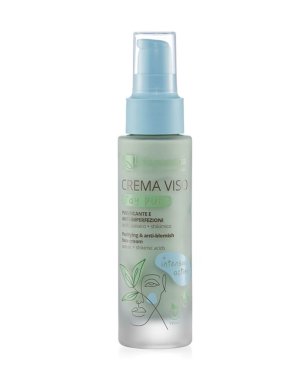- Call us! +390721 911004
- Write a message
- Whatsapp +39 377 3844777
- Become a reseller
- Test and E-book
- Location and contacts
-
MenuBack
-
Organic cosmetics
-
-
space
-
-
-
-
-
-
-
Discover your beauty routine
-
-
Skin care
-
Hair care
-
Body Care
- Best Seller
- Routines
-
DIY
-
-
space
-
-
-
-
-
-
PRODUCTION TOOLS
-
-
DOWNLOAD THE RECIPES
-
-
-
Organic library
-
-
BEAUTYBLOG
-
-
-
GLOSSARY
-
-
-
DO-IT-YOURSELF RECIPES
-
-
-
TEST AND E-BOOK
-
-
About us
-
-
space
-
-
-
-
-
PHILOSOPHY
-
-
-
NATURAL COSMETICS
-
-
-
FLAGSHIP STORES
-
-
-
Sustainability
-
-
space
-
-
-
BENEFIT COMPANY
-
-
-
ETHICAL CHAIN
-
-
-
SUSTAINABLE PACKAGING
-
-
-
SUSTAINABILITY IN THE COMPANY
-
-
-
Supported projects
-
NOTICES AND AWARDS
-
-
-
Business Area
-
-
space
-
-
-
OPEN A FLAG SHIP STORE
-
-
-
BECOME A RESELLER
-
-
-
PRIVATE LABEL
-
ACCOMMODATION FACILITIES
-
-
-
RESELLERS LOGIN
-
-
-
Resellers
-
-
RESELLERS RESOURCES
-
-
-
OPEN A FLAGSHIP STORE
-
ACCOMMODATION FACILITIES
-
PROMOTIONAL MATERIAL
-
-
-
RESELLERS NEWS
-
REGISTER YOUR SHOP
-
-
-
REFILL ROLL-ON BIODEOs
-
-
-
HAIR LINE
-
-
- Store locator
Lotus flower

INCI NAME:
Nelumbo Nucifera Flower Extract, Nymphaea Coerulea Flower Extract
ORIGIN:
Vegetal
FUNCTION:
sebum regulator, illuminating

This is an automatic translation
The lotus flower, known by the scientific name of Nelumbo Nucifera, is an aquatic plant native to India belonging to the Nelumbonaceae family whose ideal habitat is made up of rivers and lakes with shallow waters.
The lotus flower is considered sacred in Buddhism and Hinduism and from its stem a rare fabric that resembles raw linen is obtained and is used to make the robes of Buddhist monks. Traditional Chinese medicine uses it for the treatment of fever, cough, cold and some gastro-intestinal disorders.
In cosmetics it is used to regulate sebum production and reduce excessive skin shine. The key ingredient is a protein called leptin which regulates the synthesis of sebum in cells.
In particular, the tests have shown that the lotus flower extract reduces the formation of the molecule involved in the secretion of sebum, a secondary cause of the onset of pimples and acne.
























